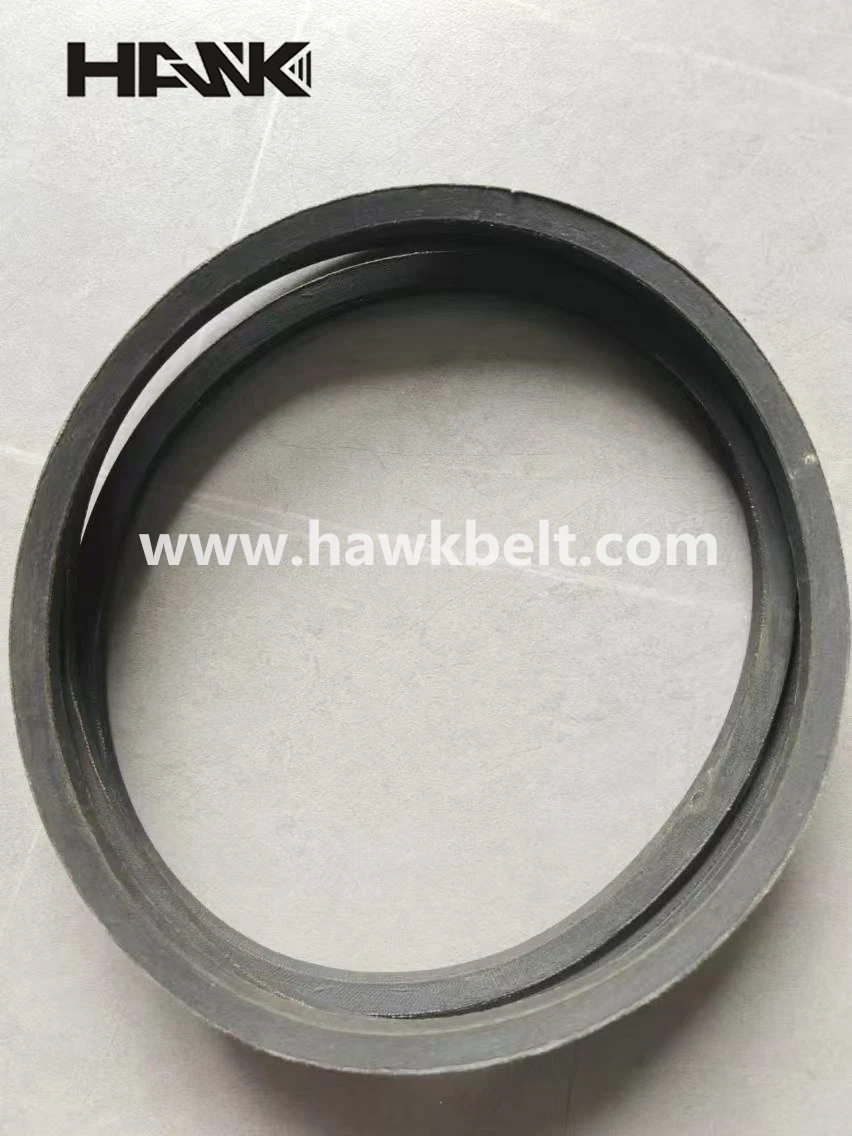- Arabic
- French
- Russian
- Spanish
- Portuguese
- Turkish
- Armenian
- English
- Albanian
- Amharic
- Azerbaijani
- Basque
- Belarusian
- Bengali
- Bosnian
- Bulgarian
- Catalan
- Cebuano
- Corsican
- Croatian
- Czech
- Danish
- Dutch
- Afrikaans
- Esperanto
- Estonian
- Finnish
- Frisian
- Galician
- Georgian
- German
- Greek
- Gujarati
- Haitian Creole
- hausa
- hawaiian
- Hebrew
- Hindi
- Miao
- Hungarian
- Icelandic
- igbo
- Indonesian
- irish
- Italian
- Japanese
- Javanese
- Kannada
- kazakh
- Khmer
- Rwandese
- Korean
- Kurdish
- Kyrgyz
- Lao
- Latin
- Latvian
- Lithuanian
- Luxembourgish
- Macedonian
- Malgashi
- Malay
- Malayalam
- Maltese
- Maori
- Marathi
- Mongolian
- Myanmar
- Nepali
- Norwegian
- Norwegian
- Occitan
- Pashto
- Persian
- Polish
- Punjabi
- Romanian
- Samoan
- Scottish Gaelic
- Serbian
- Sesotho
- Shona
- Sindhi
- Sinhala
- Slovak
- Slovenian
- Somali
- Sundanese
- Swahili
- Swedish
- Tagalog
- Tajik
- Tamil
- Tatar
- Telugu
- Thai
- Turkmen
- Ukrainian
- Urdu
- Uighur
- Uzbek
- Vietnamese
- Welsh
- Bantu
- Yiddish
- Yoruba
- Zulu
Sep . 02, 2024 11:05 Back to list
twist link v-belt
Understanding Twist Link V-Belts A Comprehensive Overview
Twist link V-belts are a fascinating component in the world of mechanical drive systems. Recognized for their unique design and durable performance, twist link V-belts play a crucial role in multiple industrial applications, from agricultural machinery to automotive engines. This article delves into the features, benefits, and applications of twist link V-belts, highlighting their significance in modern machinery.
Understanding Twist Link V-Belts A Comprehensive Overview
One of the most significant benefits of twist link V-belts is their ability to accommodate misalignment in machinery. In many industrial settings, perfect alignment of drive components can be challenging due to wear or structural differences. Twist link V-belts can easily adjust to the insertion angle of the pulleys, which allows them to function effectively even in less-than-ideal conditions. This flexibility reduces the chances of mechanical breakdowns, leading to increased uptime and productivity.
twist link v-belt

Another key advantage is the ease of installation and maintenance. Twist link V-belts can be installed without the need for extensive disassembly of surrounding components. This feature saves valuable time, particularly in environments where machinery downtime can lead to significant losses. Additionally, their modular design means that damaged sections of the belt can be replaced without needing to replace the entire unit, resulting in lower long-term maintenance costs.
In terms of applications, twist link V-belts are utilized in various industries, including agriculture, automotive, construction, and manufacturing. They are commonly found in conveyor systems, lawnmowers, and industrial pumps, where reliable power transmission is essential. Their robust design allows them to handle shocking loads and high levels of stress, making them ideal for heavy-duty applications.
Furthermore, as industries increasingly seek to improve sustainability and efficiency, twist link V-belts play a vital role. Their longevity and adaptability contribute to more sustainable operations by reducing the frequency of replacements and ensuring machinery operates at optimal performance levels. This efficiency not only translates to cost savings but also minimizes the environmental impact associated with manufacturing and disposing of equipment.
In conclusion, twist link V-belts represent a significant advancement in power transmission technology. Their unique construction, flexibility, and durability make them a preferred choice in various applications. As industries continue to evolve and adapt to new challenges, the role of twist link V-belts in ensuring reliability and efficiency will undoubtedly grow. Understanding and utilizing these innovative belts can lead to enhanced performance and reduced operational costs, making them a worthy investment for any business involved in mechanical drive systems.
-
Korean Auto Parts Timing Belt 24312-37500 For Hyundai/Kia
NewsMar.07,2025
-
7PK2300 90916-T2024 RIBBED BELT POLY V BELT PK BELT
NewsMar.07,2025
-
Chinese Auto Belt Factory 310-2M-22 For BMW/Mercedes-Benz
NewsMar.07,2025
-
Chinese Auto Belt Factory 310-2M-22 For BMW/Mercedes-Benz
NewsMar.07,2025
-
90916-02660 PK Belt 6PK1680 For Toyota
NewsMar.07,2025
-
drive belt serpentine belt
NewsMar.07,2025

